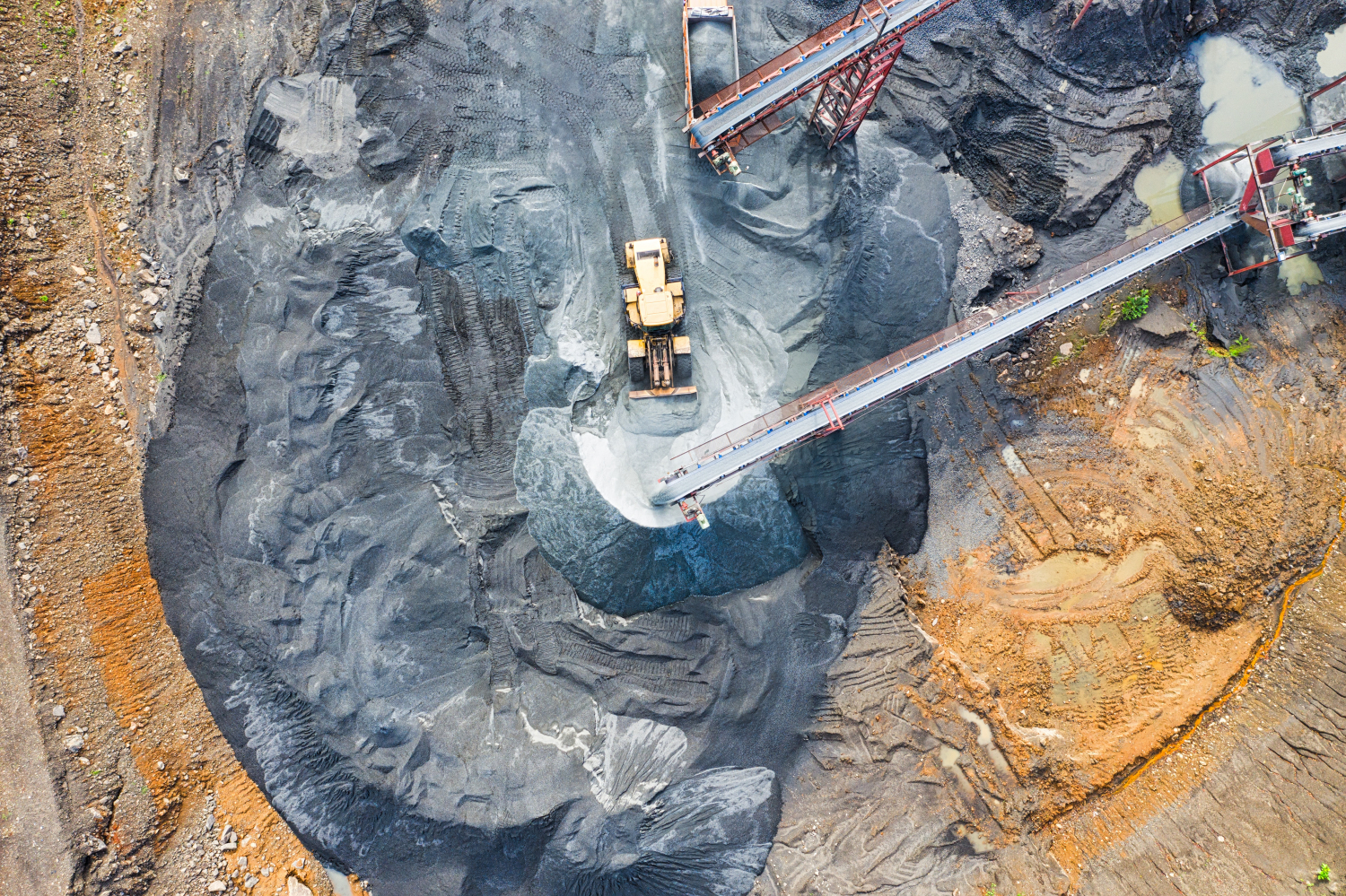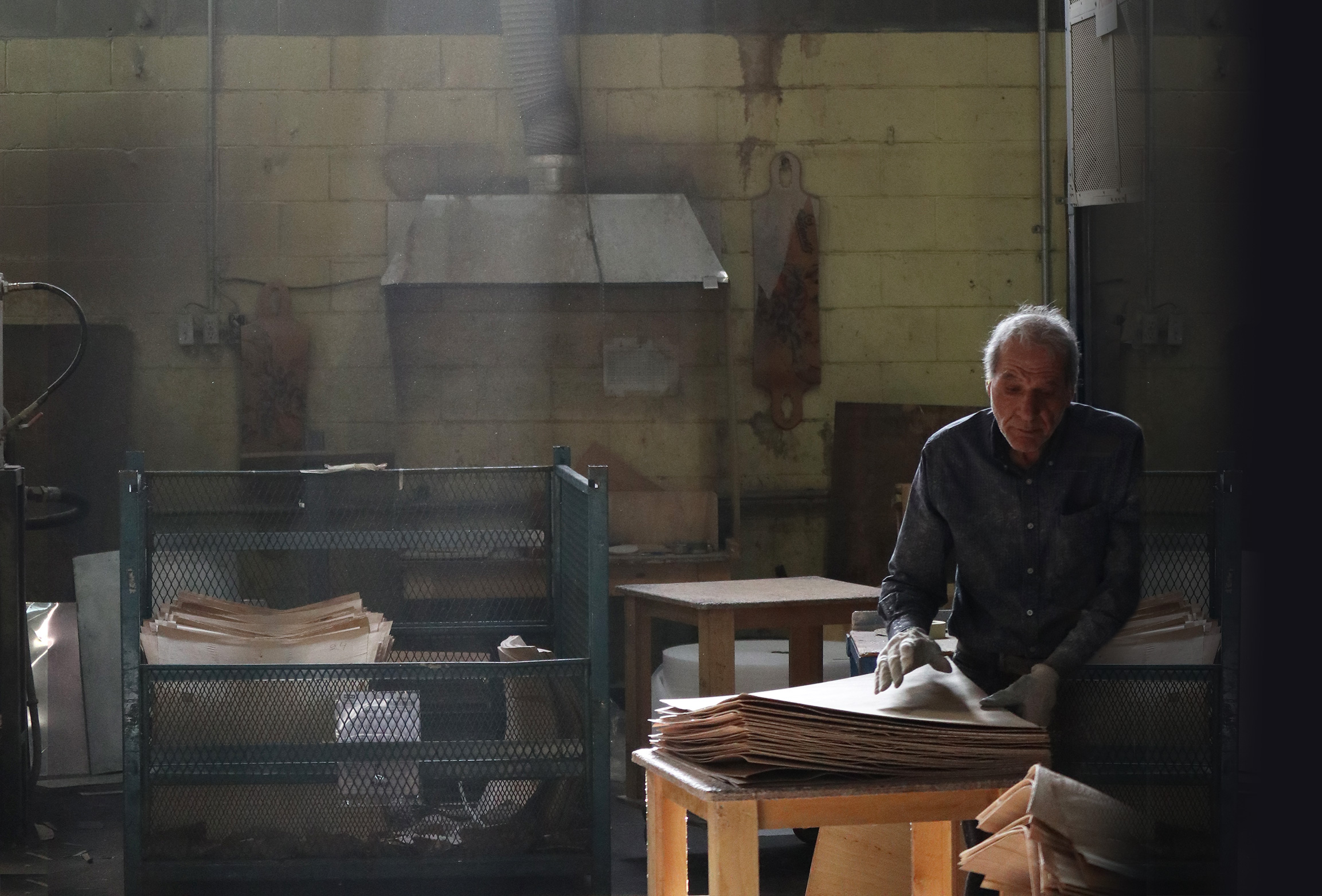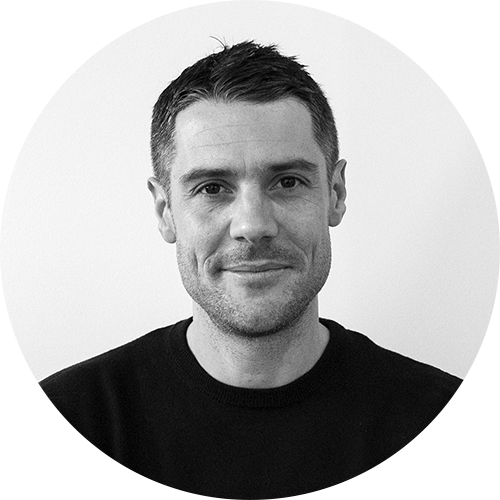So you think you can go circular?
Amid a relaxing summer vacation in the region Värmland, Sweden, I came to read "La guerre des métaux rares: la face cachée de la transition énergétique et numérique." [The rare metals war: the hidden face of the energy and digital transition] by Guillaume Pitron. Like most, I had only a rough idea of what is at stake. I was afraid it would be rather educating than entertaining (as it should be for a well-deserved summer break, right?). Instead, the author's six-year investigation turns out to be as riveting as the latest binge-worthy series. It shares real stories and facts that sharpened my understanding of the situation and the green revolution's murky foundations.

Amid a relaxing summer vacation in the region Värmland, Sweden, I came to read “La guerre des métaux rares: la face cachée de la transition énergétique et numérique.” [The rare metals war: the hidden face of the energy and digital transition] by Guillaume Pitron. Like most, I had only a rough idea of what is at stake. I was afraid it would be rather educating than entertaining (as it should be for a well-deserved summer break, right?). Instead, the author’s six-year investigation turns out to be as riveting as the latest binge-worthy series. It shares real stories and facts that sharpened my understanding of the situation and the green revolution’s murky foundations.
So the newest solutions will still generate the same problems by design as the previous ones. “We can’t solve a problem by using the same thinking we used when we created them,” says Pitron, quoting Einstein. Great book. Let’s ponder it under the Swedish sun, in a land that doesn’t seem to show the stigma of global warming yet, unlike many other unfortunate places.
What now? Until we come up with something better, a circular approach is required.
Despite an already obvious worldwide growing concern and trend of fantastic initiatives among consumers, startups, corporations, and institutions providing inspiring business cases related to a circular economy, the world managed to go backward, from 9,1% circular (far from deserving a pat on the back) in 2018 to 8,6% in 2020 according to the Circularity gap report. And as far as climate change goes, scientists estimate a ten-year window left to put an end to our short-term greed and stupidity before reaching the point of no return beyond which natural systems will be forever modified. Sure, no pressure!
Let us leave the geopolitics and climate change issues to state leaders and scientists to focus on the humble small firm-scale challenges, much more within my grasp! I am given a chance to contribute to the challenge of turning a linear business model into a circular one. Reducing negative externalities (those harmful consequences of the linear economy aiming solely for profit to the detriment of people and planet) and dependency on finite resources, while improving the whole value chain as circular economy literature teaches us; from take-make-use-dispose to reduce-reuse-recycle.
There is no waste in nature, and “there is no planet B,” as Mike Berners-Lee puts it. The recent Chinese ban on waste imports alone should be an opportunity to look at the treasures we have accumulated in our backyard and try to go from “waste to wealth” as outlined in the eponymous book describing several circular business models.
Applying circular economy principles to Green Furniture Concept
“A Circular Economy seeks to rebuild capital, whether this is financial, manufactured, human, social or natural”. Whichever School of thought one favors, in my opinion, that description from Walter R. Stahel captures the big picture. In more practical terms, one of the leading authorities in the field, the Ellen McArthur Foundation, sums it up in three actionable principles, already a reality at Green Furniture Concept.
For the first principle, “design out waste and pollution”, Green benefits from a great design team developing one of the most sustainable products in its category with eco-design and circularity in mind inspired the theory of cradle-to-cradle.
The third principle, “Regenerate natural systems,” is also actively taken into account through multiple reforestation programs that Green aligned with our wood consumption. That way, we compensate for twice the amount of carbon generated by our primary collection, addressing some of the UN’s Sustainable Development Goals. Green Furniture Concept can now be considered as carbon negative.
That leaves principle number two “Keep products and material in use” for which our visionary founder Johan Berhin already thought of integrating the possibility to buy back the products from our clients, to be refurbished and reused. That principle remains to be implemented, and that’s where I am stepping in. With most of my working life in sales, I remain client-oriented and want to develop our Product-as-a-Service offer (PaaS) or Furniture as-a-service for public spaces. We stand almost ready. One of the biggest challenges is culture. How do we communicate the value to our clients that they are better off paying for the use of a product rather than its own? How does one make a case for the improved value chain? Solid arguments exist.

And then how do we implement circularity throughout the whole company and not just the product offering to retrieve the products? How do we identify the gaps and opportunities? What kind of training does our staff need? Tailored to each department? What kind of assets and partnerships do we already have that can be leveraged? And where does one find those like-minded partners? How do we drive the change within every department? Does our current information system enable us to implement such a circular business model? How do we drive change among all stakeholders? We can’t improve what we can’t measure, so what are the new and circular KPI’s? Where to turn when a small company can’t afford the services of a big consulting firm?
In the transition from linear to circular, measuring progress is key. We are pleased to have received our first circularity score with the help of Ellen MacArthur’s Foundation, Circulytics – the most comprehensive circularity measurement tool, which highlighted
our strengths and areas for improvement. An exciting journey has begun and we will continue to drive further progress on the road to full circularity across our operations. We mean business; a resilient and sustainable business to stay ahead of the curve.
Who wants to join us?

Dimitri Dupuy
Operations at Green Furniture Concept
